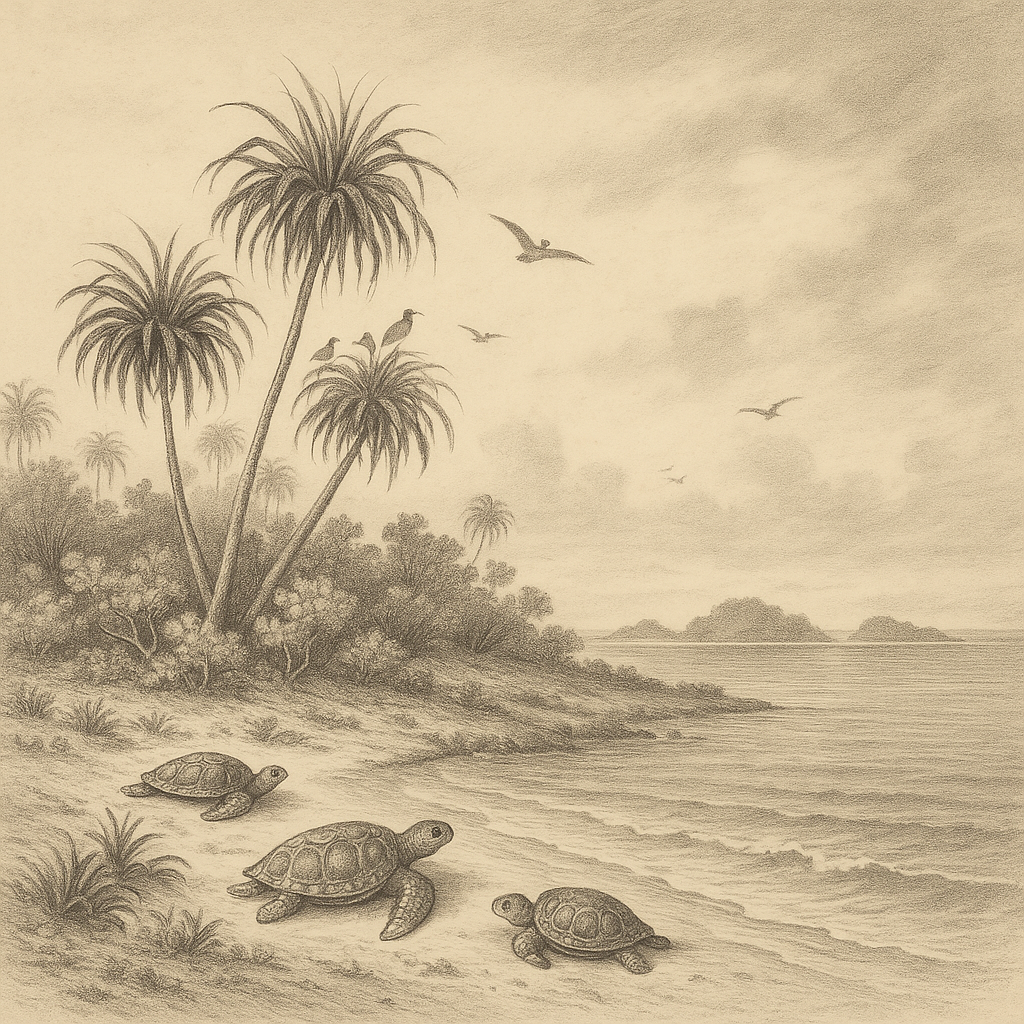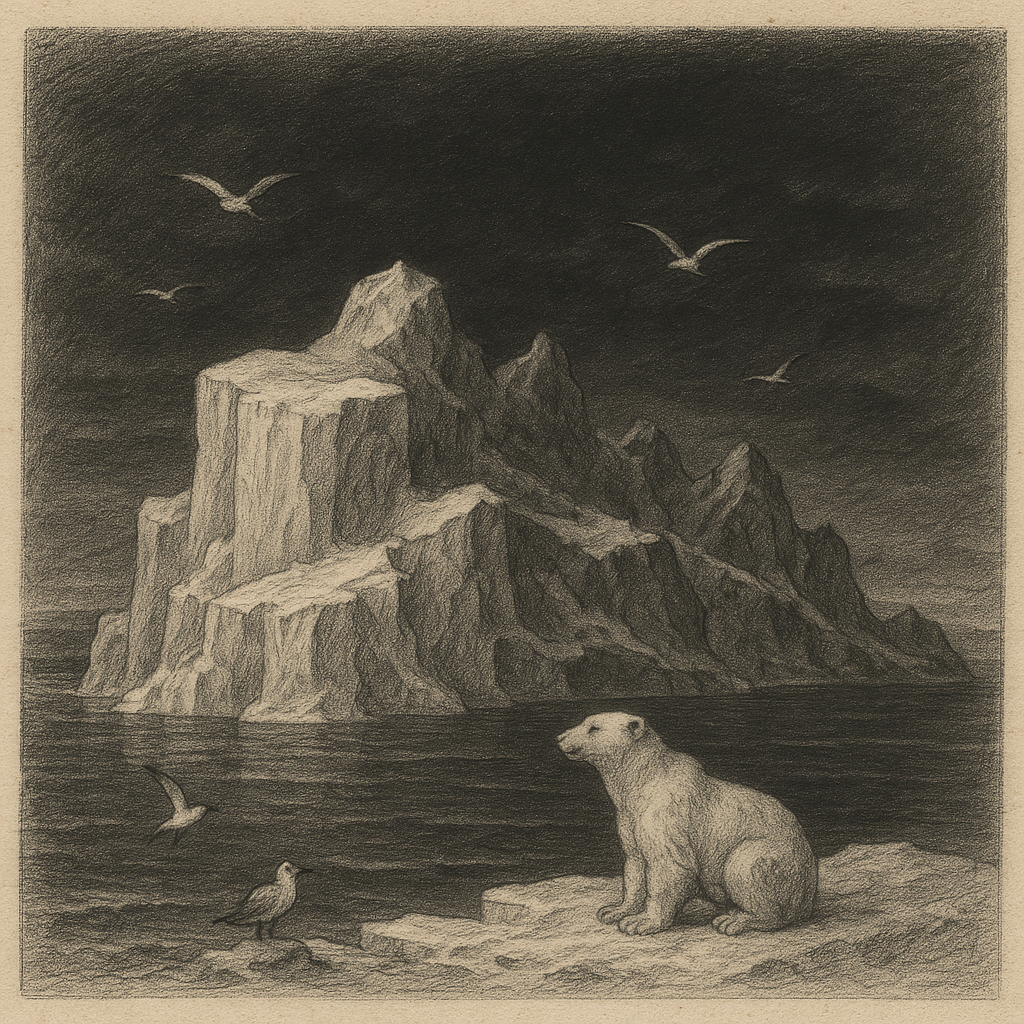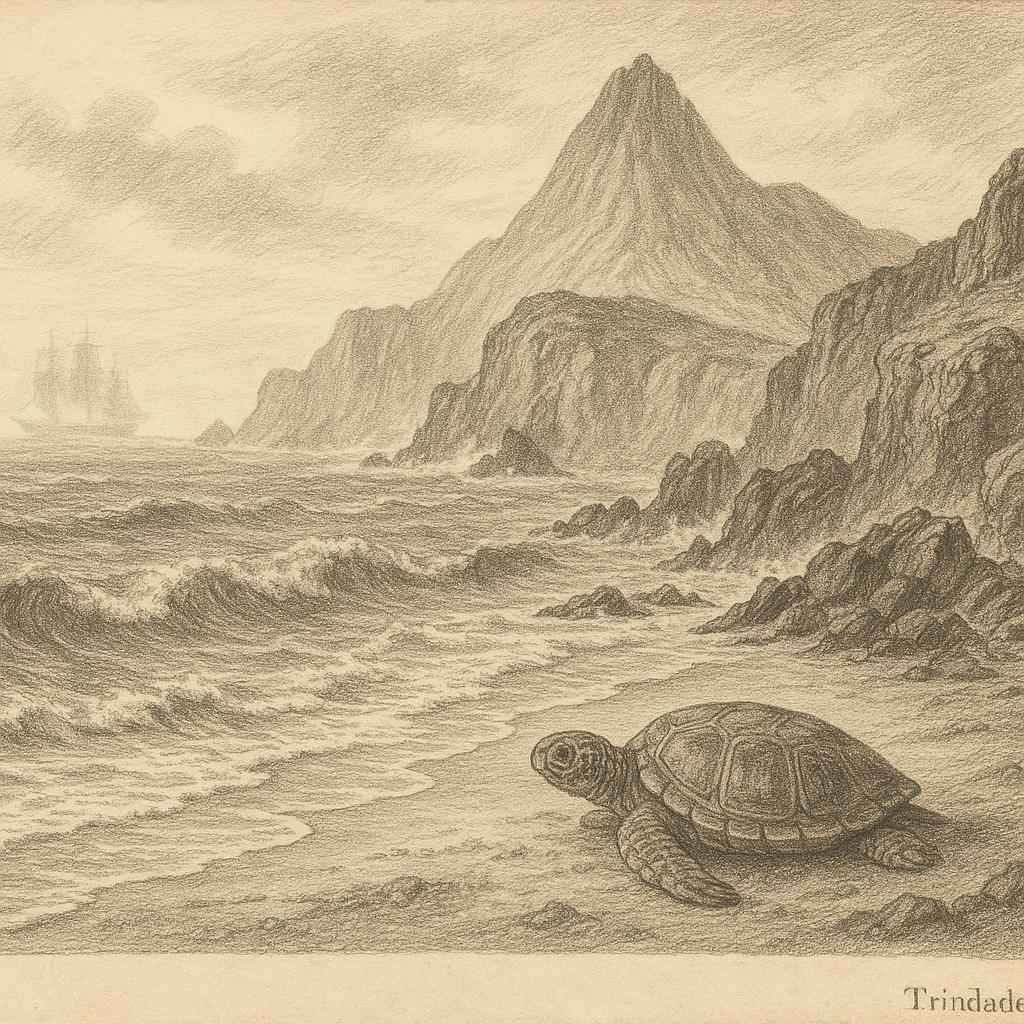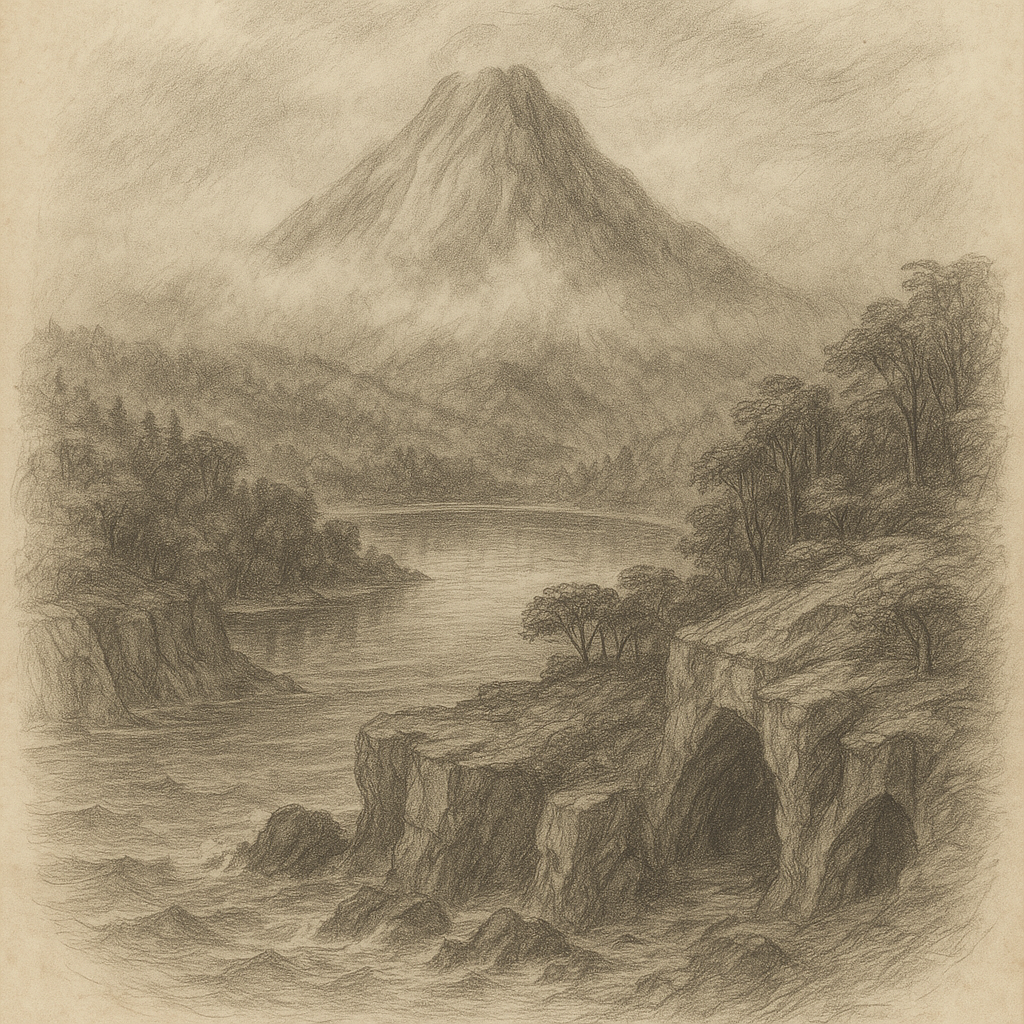Introduction to Bikar Island
Bikar Island is a small, uninhabited coral island located in the northern reaches of the Marshall Islands, within the Ratak Chain in the Pacific Ocean. Isolated and virtually untouched by modern development, Bikar Island represents a unique natural environment with historical significance, ecological value, and an aura of mystery. Though diminutive in size, this remote island provides a fascinating glimpse into the resilience of nature and the cultural stories of the Marshallese people.
Geography and Location
Bikar Island is part of the Bikar Atoll, a small atoll consisting of a single main island and a few smaller islets surrounding a shallow lagoon. The atoll lies approximately 850 kilometers north of Majuro, the capital of the Marshall Islands, and nearly 700 kilometers northeast of Wake Island, in the central Pacific. Encompassing only a small land area—about 1.5 square kilometers—Bikar Island is among the most northern and least accessible parts of the Marshall Islands.
The atoll rests on a coral reef structure and is low-lying, with its highest elevation only a few meters above sea level. This geographic isolation has protected Bikar Island from extensive human activity, allowing its pristine ecosystems to remain largely undisturbed.
Ecological Features
Despite its small size, Bikar Island plays an important ecological role as a sanctuary for a variety of plant and animal species. The island is particularly important as a nesting ground for seabirds and green sea turtles (Chelonia mydas). Dozens of species of seabirds, including noddies, terns, and boobies, use the island for breeding, making it a significant bird habitat within the central Pacific.
The vegetation on Bikar is dominated by salt-tolerant plants, such as Pandanus trees and beach creepers, which have adapted to the atoll’s sandy soils and limited freshwater sources. Because Bikar has never been permanently inhabited and has seen minimal exploitation, its biodiversity remains relatively unaltered compared to other islands in the region.
Bikar Island has also been designated a conservation area, reflecting recognition of its ecological importance. The island’s remoteness helps protect its fragile ecosystem, though it remains vulnerable to rising sea levels and the impact of climate change.
Historical Significance
While there is no evidence of long-term settlement on Bikar Island, the atoll has historically been known to the Marshallese. In earlier times, Marshallese navigators and fishermen would occasionally visit the island to harvest turtle eggs or fish within the lagoon. Oral traditions have preserved the knowledge of these journeys, and Bikar’s existence and remoteness added to the mystery surrounding it.
During the mid-20th century, the U.S. military used Bikar Atoll for occasional operations. Notably, it was affected by radioactive fallout following nuclear testing conducted at Bikini Atoll in the late 1940s and 1950s, which impacted several northern atolls in the Marshall Islands. Though Bikar itself was not a test site, environmental assessments were carried out to study the spread of contamination, and the area has since been monitored.
Interesting Facts About Bikar Island
– Bikar Island is uninhabited and accessible only by special permit, often reserved for scientific and conservation purposes.
– The island is an essential nesting site for green sea turtles, one of the few remaining such areas in the Marshall Islands.
– Bikar is considered one of the best-preserved natural environments in the entire Pacific region due to the lack of human interference.
– The atoll is home to several rare and endangered species of birds, some of which are not commonly found on other Marshall Islands.
– The island was exposed to radioactive fallout from U.S. nuclear testing, though radiation levels today are considered minimal.
– Because of its exposure to trade winds and storms, the island experiences substantial erosion and shifting sandbanks, giving it ever-changing coastlines.
Legends and Local Lore
As with many Pacific islands, Bikar is shrouded in local legends passed down through generations of Marshallese oral tradition. One popular tale tells of a spirit navigator named Jinemaan, who is said to have discovered the island during a journey across the northern Ratak Chain. According to the legend, after a fierce storm blew his canoe off course, Jinemaan found himself on a lush, strange island filled with birds and turtles.
Surprised by the abundance of life and still recovering from the storm, he stayed there for three days and carved symbols onto pandanus trees as a record of his experience. The symbols, according to lore, can still be found if one looks carefully beneath the oldest pandanus groves—although modern visitors have yet to confirm their existence.
Another legend links Bikar to the “Tears of the Sky,” a poetic reference to the fall of radioactive ash long ago. Elders speak of the sky crying white tears that drifted across the ocean and settled on the coconut palms. These “tears,” though harmful, are seen in oral history as both a warning and a mark of resilience that the land, over time, has overcome.
Access and Conservation Efforts
Today, Bikar Island remains out of reach for all but a few permitted individuals, mostly researchers and environmental monitors. The island is managed under the jurisdiction of the Marshall Islands’ Ministry of Natural Resources & Commerce. Guided by conservation goals, authorities seek to preserve the existing ecosystems and continue monitoring any residual environmental issues.
A few international collaborations with scientific organizations have aimed to study the island’s biodiversity and monitor climate effects on low-lying atolls. Special efforts are made to ensure that introduced species such as rats, which can devastate bird populations, are kept away from the island.
Conclusion
Bikar Island, though small and remote, leaves a lasting impression on those who learn about it. Its pristine nature, ecological significance, and rich lore entwine to create a place where nature and legend coexist. As global attention turns more toward environmental preservation and the cultural heritage of Pacific Island nations, Bikar stands as a quiet yet powerful symbol of what remains untouched—and what is worth preserving. Whether seen as a nesting ground, a spiritual waypoint, or a living museum of biodiversity, Bikar Island remains one of the Pacific’s most enigmatic treasures.



